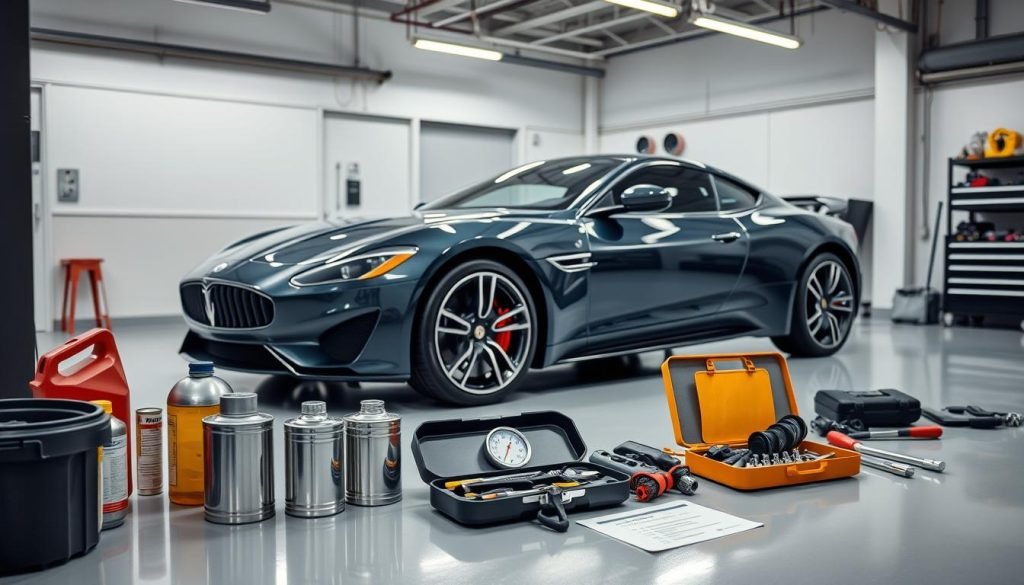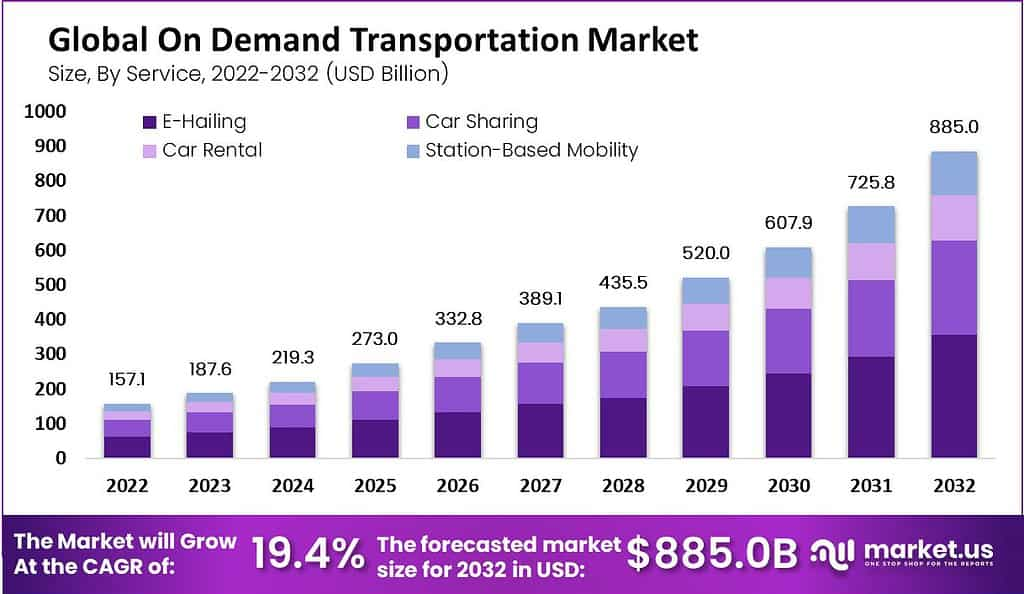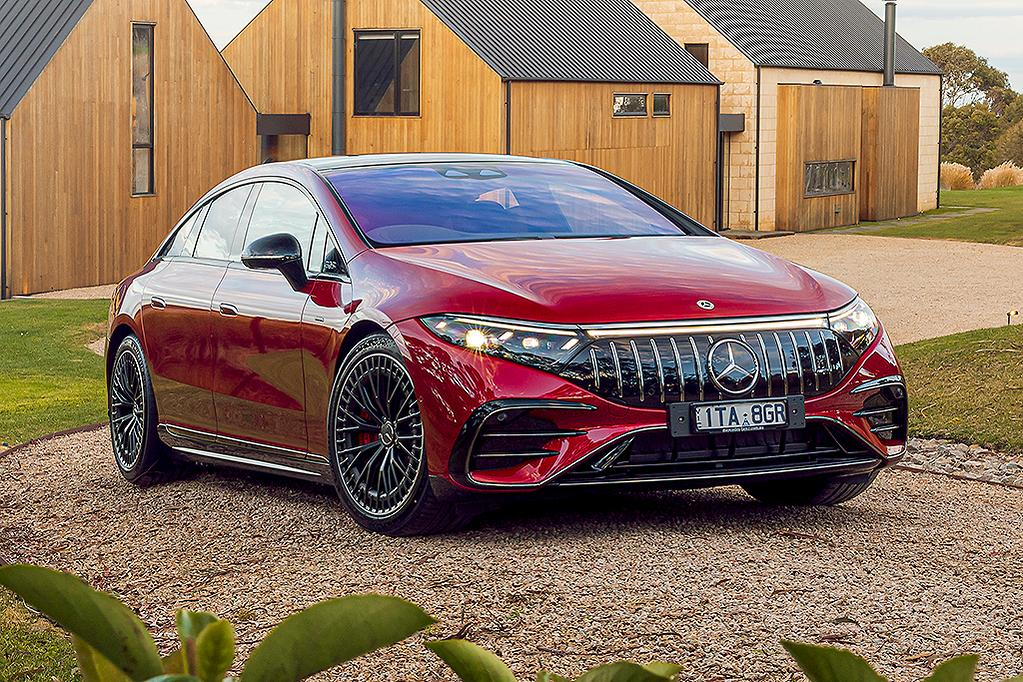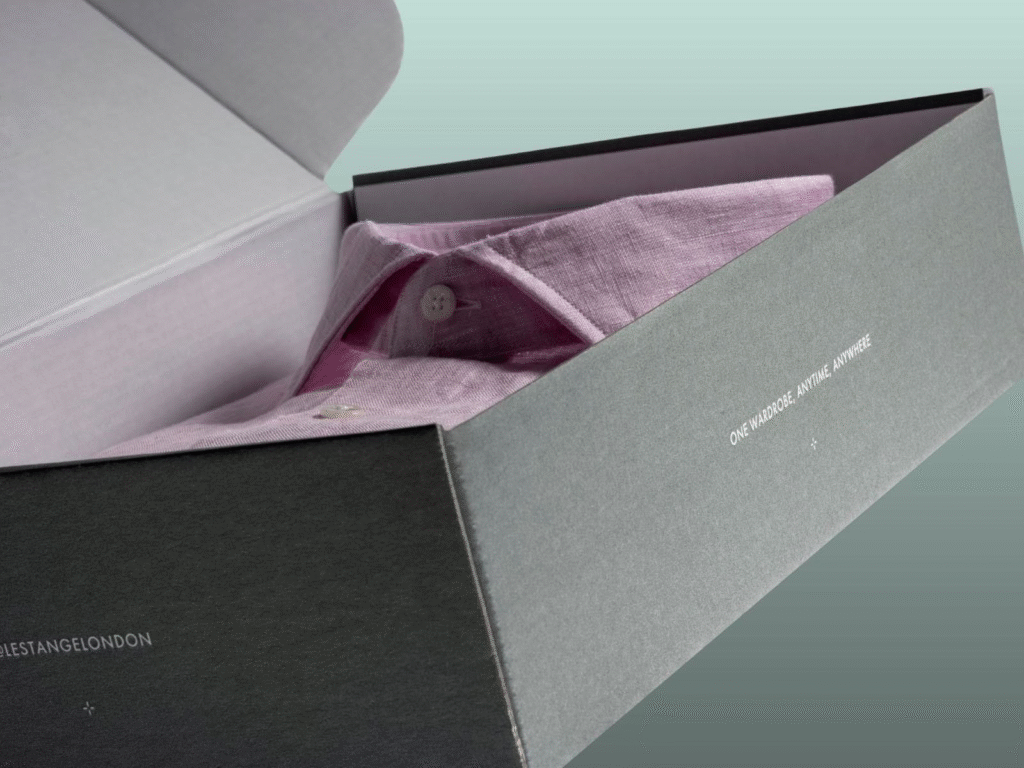For years, luxury cars have, and continue to be, synonymous with the best, mst advanced automotive engineering, prestige, and status. Automotive brands have defined themselves by sleek designs, our luxury compartments, powerful powertrains, and features, including but never limited to, Mercedes-Benz, BMW, Audi, and Lexus. However, heading into 2025, within a rapidly-evolving landscape in the automobile market, there is a quiet revolution taking place. Budget/affordable cars – once disregarded as simply basic or inferior – are slowly gaining traction. In fact, we could be on the verge of seeing a further legitimate case where budget cars and vehicles mutedly claim that they might sometimes outlive some luxury brands after some time within it also being brutally functional within certain demand and pricing levels.
That might seem like a bold statement. Ater all, luxury brands have the significant financial power, deep heritage, and are also highly coveted! For some emerging trends afecting the high-end market, budget vehicles seem to be further resilient, robust, and in demand than ever at this current time.
Here’s why budget cars might have a longer and more stable overall future development compared to luxury brands.
Affordability Wins in a Tight Economy

Let’s get right to the point. Economic uncertainty, inflation, and rising intrest rates have created new friction in the car buying process for the typical consumer. When individuals are reducing their expenses, they are more likely to buy a car that is affordable to purchase, lower maintenance as far as ownership, and even cheaper to maintain. Budget vehicles are in that balance. They’re typically cheaper for insurance, fuel efficient, and fewer repairs that can be expensive.
Luxury vehicles come with an expensive sticker price, expensive parts, and soetimes expensive service. Many of the new models can now exceed $70,000 or more, pricing many buyers out. Leasing a vehicle is not attractive either, with many monthly payments surpassing $1,000. In many cases, families are choosing between practicality and prestige, and practicality is winning.
Simplicity Is an Advantage, Not a Flaw

Among the most notable changes we’ve seen from consumers is an increased appreciation of simplicity. Fast forward to today, and economy cars, by their nature, are free of most of the clumsy systems and electronic gadgets commonly seen in luxury vehicles. This mans they are easier to use, and in general, are more reliable vehicles.
Luxury vehicles are maxed out with technology: complex infotainment systems; adaptive suspensions, and gesture controls, just to name a few. While it’s exciting to think about owning such impressive technology, these systems increase the probability of costly repairs when the warranty period is over. A broken touchscreen in an economy car might cost $200 to fix, but that same repair could cost thousands of dollars on a luxury vehicle.
A new question we are seeing consumers ask is: do I really need massaging seats and thirty different ambient light colours? Or, would I rather have a reliable vehicle that starts every morning, costing me as little at the repair shop as possible?
Maintenance Costs Are Crushing Luxury Appeal

Owning a luxury automobile isn’t the essential part—it’s the act of ensuring that luxury car continues running. Luxury brands often involve truly specialty parts, certified service centers, and higher quality fuels. An oil change, brake work, or even most maintenance can run two or three times more than a budget vehicle. Once the car is out of warranty repairing that vehicle can become a burden not an asset.
Reviewing budget vehicles, perhaps more than any other manufacturer, particularly Toyota, Honda, Hyundai or Kia, have very low ownership costs. They have vehicles in our market approaching one, two, or many hundreds of thousands of kilometers and not requiring major repairs. Everyone can repair budget vehicles, the parts are less expensive, and the maintenance intervals are usually longer. In the long game, all of this makes sense—and keeps buyers coming back.
Global Demand Favors Budget Vehicles

Luxury vehicles are hard to find in many regions of the world. Emerging markets are loving small, efficient, and low-cost vehicles that can navigate rough landscape and roads with little infrastructure in Southeast Asia, South America, and Africa. Manufacturers are expanding their global reach by producing small vehicles that meet the consumers’ needs at a reasonable price point.
Manufacturers like Tata, Dacia, Suzuki, & some smaller Chinese brands are realizing growing market share from their sale of bold, practical, and economic transportation to the masses. While luxury automotive manufacturers are concerned with high margin vehicles for elite markets, the budget brands recognizing the opportunities in numbers are winning the race.
In these regions, success comes from practicality and price, and prestige come second. Ultimately, it provides budget brands with a considerably larger and adaptable business model long-term.
Electrification Could Level the Playing Field

Electric vehicles are transforming everything in the auto world, including the definition of a “luxury” vehicle. More often than not, EVs offer premium features straight from the factory: smooth acceleration, ersatz futuristic design, and high-tech control options. And with battery prices dropping and EV charging networks expanding, cheaper electric models are starting to show up.
That dynamic could diminish the appeal of EVs as affordable luxury vehicles. If you can achieve similar performance along with better efficiency from a $25,000 compact EV, why buy the high-end electric sedan for $80,000?
Budget-driven brands already have projects underway for low-cost electric vehicles that could compete in both price and performance criteria. And with governments stipulating cleaner transportation and prohibiting the sale of combustion engines, it is likely the full advantage will go to those brands who can deliver affordable electric mobility in volume, as luxury manufacturers are not designed for quick, mass production.
Younger Generations Value Practicality Over Prestige

The current automotive buyer—primarily millennials and gen z—are not as enamored with luxury badges as past generations were, and the irony is they lived through many economic recessions, increased student debt, and housing scarcity.
So as they grew up, they largely came to see functionality, flexibility, or affordability in a vehicle as desirable, rather than image.
They care more about technology, sustainability, and ownership costs than they do about luxury badges. So when a low-budget vehicle is well-equipped with smartphone connectivity, hybrid capabilities, and low ownership costs, that attracts them significantly more than a luxuriously branded vehicle with a high monthly cost.
In the end, younger buyers are not chasing status. They are chasing value. And luxury brands that fail to recognize consumer demand for value are at risk of becoming irrelevant.
Depreciation Hits Luxury Cars Harder

If you have ever tried selling a previously owned luxury vehicle before, you will already understand this: depreciation is ruthless. Expensive cars depreciate worse than budget cars every day, especially if leased or outfitted with every possible option. For example, a $70,000 luxury sedan can see its resale value dip well below $30,000 in five years.
Alternatively, budget vehicles often retain their value much better because the considerable amount of money already spent on them was reasonable to begin with and they have considerable strength in the used market. For example, the Toyota Yaris, Honda Fit and Hyundai Accent consistently outperform their competitors in the resale department because they are reliable, desirable and inexpensive to maintain/repair.
As consumers increasingly shop smarter and take total cost of ownership into account with every used car purchase, budget vehicles become increasingly valuable long-term.
Software Updates Are Replacing Expensive Hardware

In luxury cars, cutting-edge hardware has traditionally indicated innovation. But in 2025, many manufacturers are pivoting toward software features that will be updateable over the air. Tesla is a pioneer in this area, but now Honda and other budget brands are catching up, adding a range of features like driver assist, infotainment upgrades, and performance enhancements without a full vehicle redesign.
This shift diminishes the distance between luxury and economy cars. Now a $20,000 car with up-to-date software and safety technologies is just as new and modern as a $70,000 car, destroying distinctions between the two vehicles and classes.
With innovation becoming less about exquisite materials or appreciably hand-crafted interiors, and more about software as a means of practical improvement, budget cars will benefit the most from the software-driven innovation.
Luxury Brands Are Getting Boxed In

Luxury auto brands have a dilemma: remain exclusive, or contract in order to fit in with mainstream trends. If they want to explore the budget side, it could hurt their premium image. If they choose not to explore the budget side, they run the risk of losing share.
Some luxury brands are playing around with small EV’s and compact SUV’s, but it’s much easier to play in this space as a budget brand without risking the brand identity. A budget brand has the luxury of playing in new categories, new price points, and new technologies—and no brand confusion.
As the market is changing quickly, flexibility is important. A budget brand has greater flexibility.
Conclusion: The Future Favors the Frugal
Luxury cars are not going away overnight. There will always be a demand for performance, design, and exclusivity, but the auto industry’s paradigm is changing, and it’s changing toward affordability, flexibility, and efficiency.
Cheap cars are no longer second choice. They are instead the smart choice. Factors such as economic realities, consumer values, and environmental concerns have forever altered transportation’s future’s trajectory, and budget brands have incredible growth potential. They are efficient, maintainable, cheaper to manufacture, and cater to many of today’s consumers’ needs.
No matter how long luxury brands continue to dazzle on showroom floors and magazine covers, it might just be the modest, hard-working budget cars that go longer—perhaps longer than all of them




